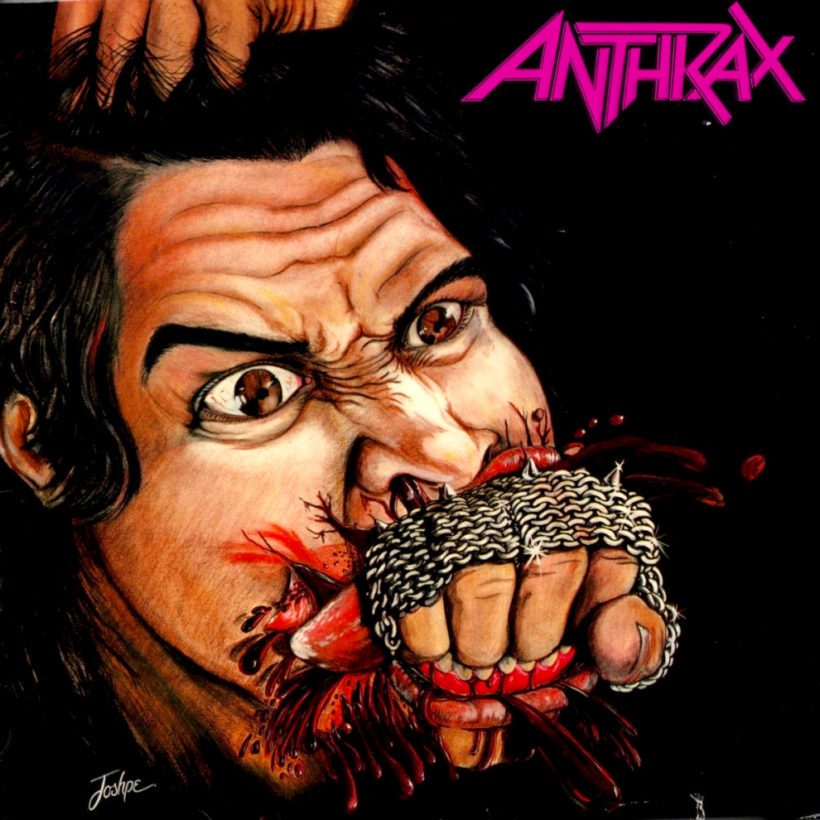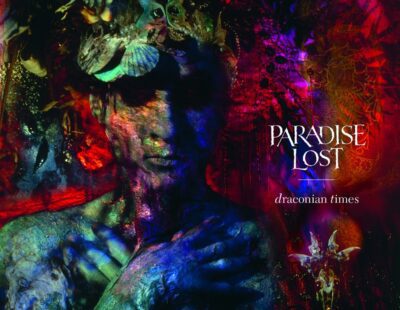
Kings of Queens
The Decibel Hall of Fame has inducted no shortage of debut albums—a band’s first blush is frequently its best work—but Anthrax’s first, released in early 1984, was both the beginning of an era and the immediate end of another. As we all know, on the back of Fistful of Metal, Anthrax was tabbed as one of the “Big 4” thrash bands, going on to enormous success and enjoying a long and productive—if sometimes rocky—career. And it all began here, with a lineup—vocalist Neil Turbin, guitarists Scott Ian (neé Rosenfeld) and Dan Spitz, bassist Dan Lilker and drummer Charlie Benante—that would only play on this album. In fact, this lineup lasted about 18 months before it splintered apart in, as we’ll see here, acrimony that has (for some members) lasted more than three decades.
In the light of Anthrax’s rise to fame in the Joey Belladonna era (the vocalist who ultimately replaced Turbin later in ’84), it would be easy to dismiss Fistful of Metal as something of a false start for the band, an album released on an independent label with perhaps not the most pro-looking cover. However, that sells short the incredible impact that FOM had on the metal world upon its release. Following on the heels of Metallica’s own debut, Kill ’Em All, on the very same label (Megaforce), it established Anthrax as the lords of East Coast thrash, a style with plenty of speed, more melody and a NWOBHM-influenced sound all its own. Metallica may have fired the first shot, but Anthrax returned fire with authority.
That two of the five musicians, including founding member Lilker, were gone from the band within months of its release speaks to the turmoil in the lineup even as Fistful of Metal was being written, rehearsed and ultimately recorded. Though this inherent tension may have actually helped power the creativity, it didn’t foster good interpersonal relationships. Lilker was gone before FOM was even released, and Turbin exited after one short tour in support of the album—neither of their own volition.
So, it is that Fistful of Metal enters the Decibel Hall of Fame under a cloud of bad feelings. But for fans, its reputation as one of the best early examples of the style will live on in spite of the negativity surrounding it. —Adem Tepedelen
Need more Anthrax? To read the entire seven-page story, featuring interviews with all members on Fistful of Metal, purchase the print issue from our store, or digitally via our app for iPhone/iPad or Android.




